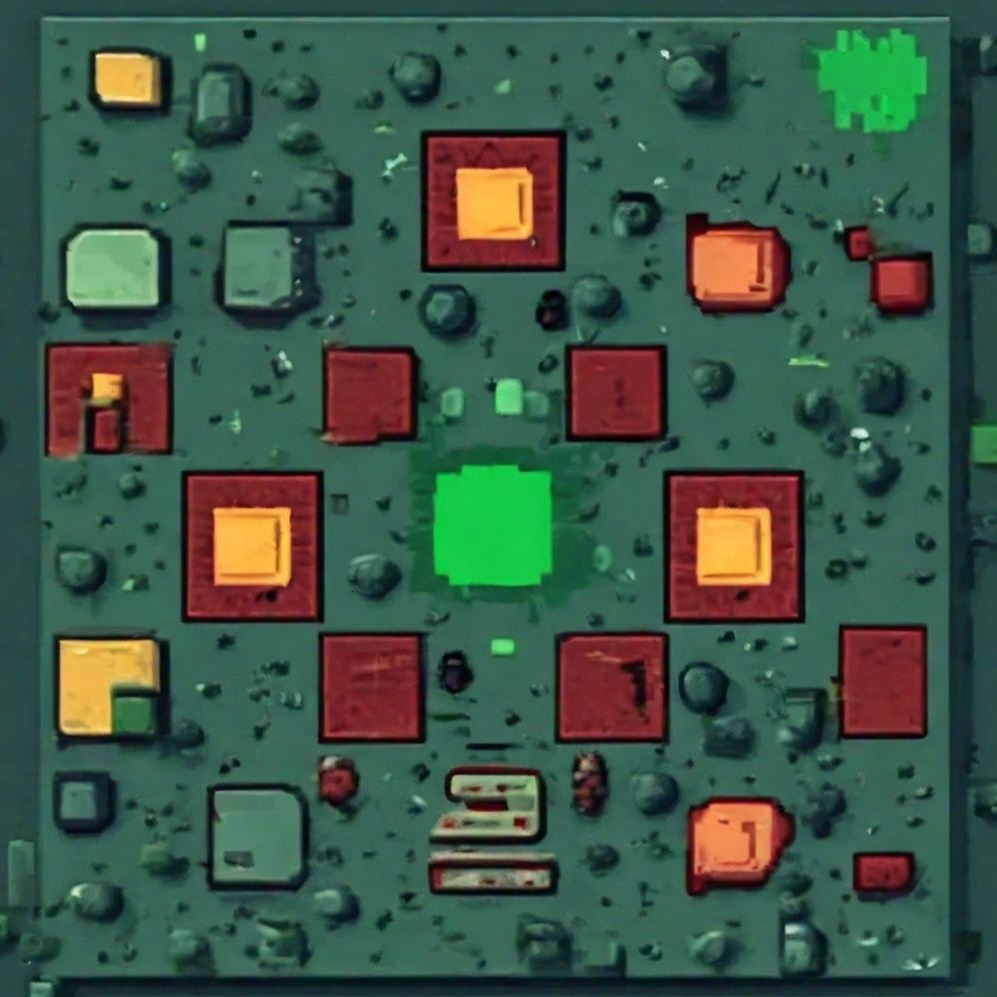130 reads
HumanVerse: A Richly Annotated Dataset for Realistic, Controllable Human Image Synthesis
by
November 24th, 2024
Audio Presented by

Unlocking shared blueprints with Homology, revealing evolutionary connections for a deeper understanding.
Story's Credibility

About Author
Unlocking shared blueprints with Homology, revealing evolutionary connections for a deeper understanding.